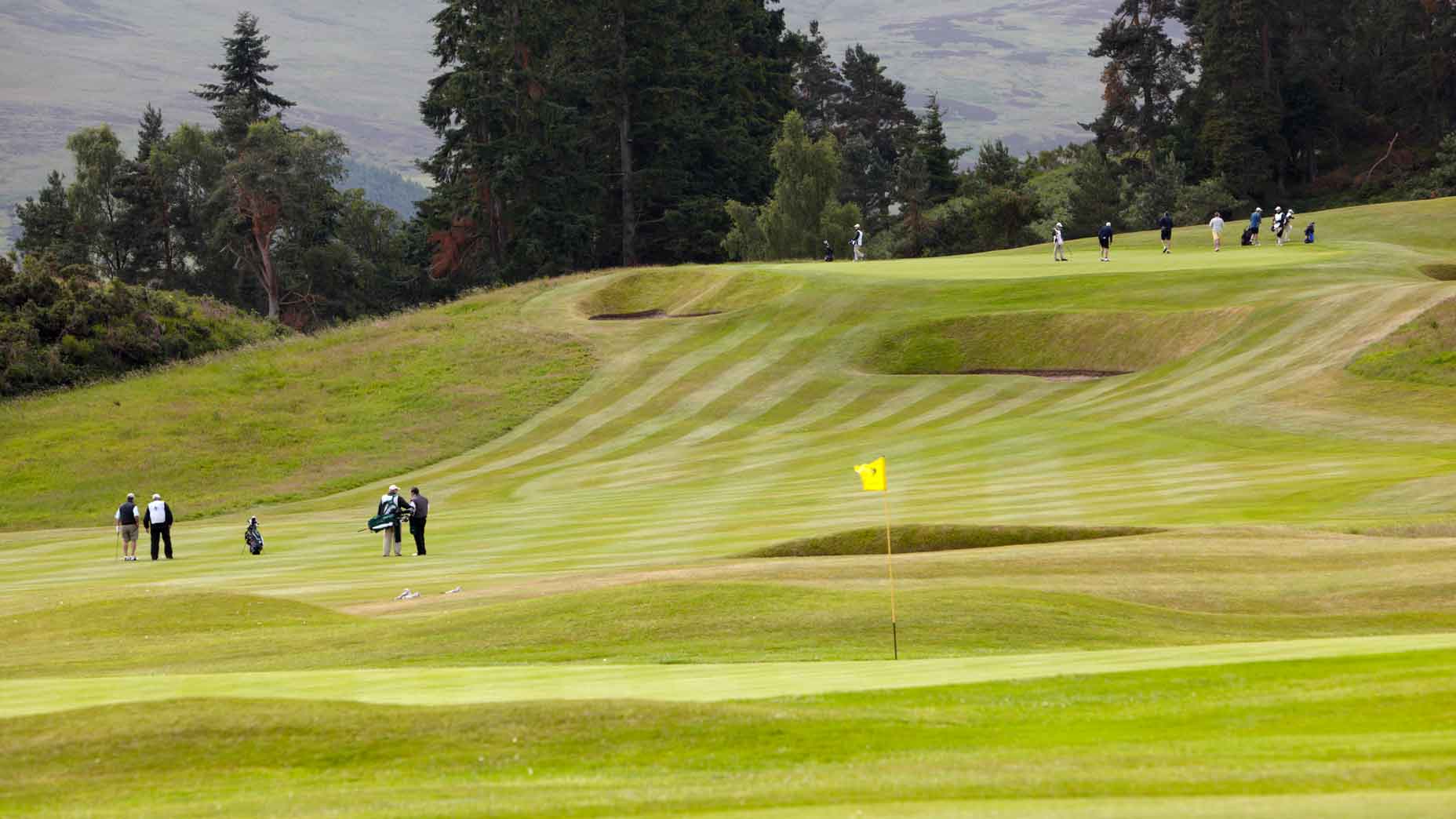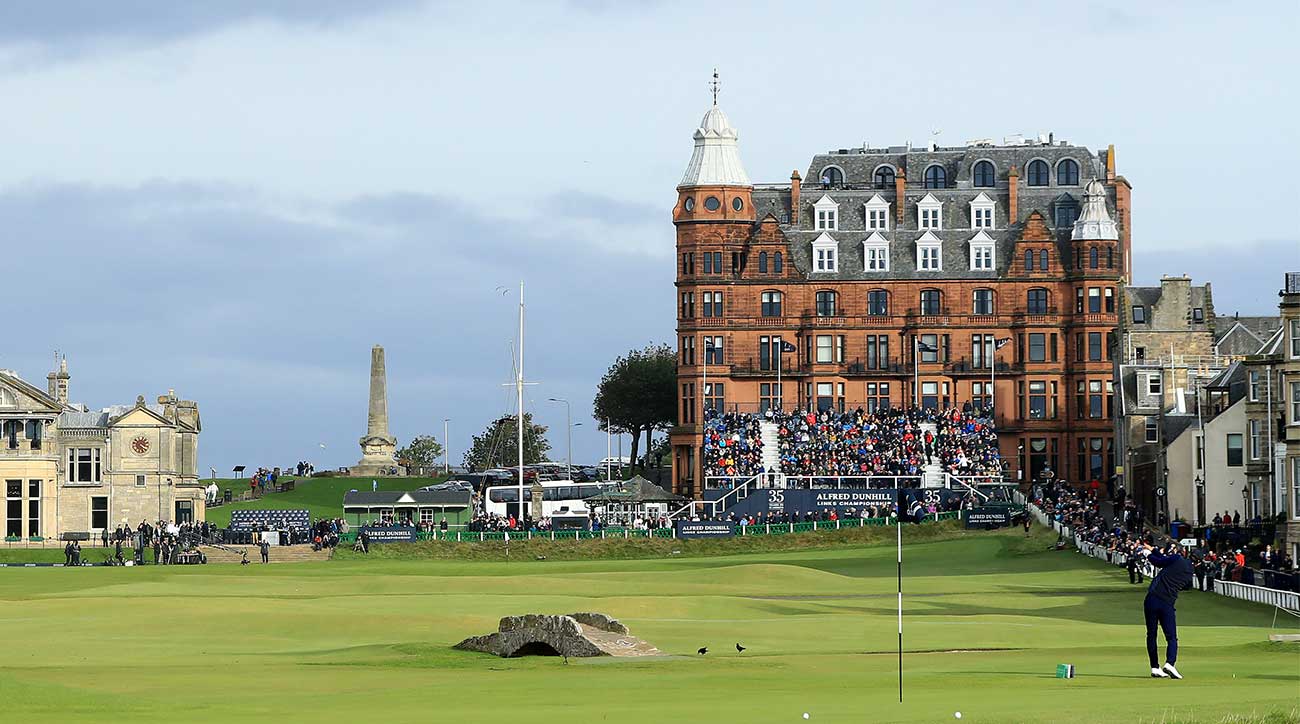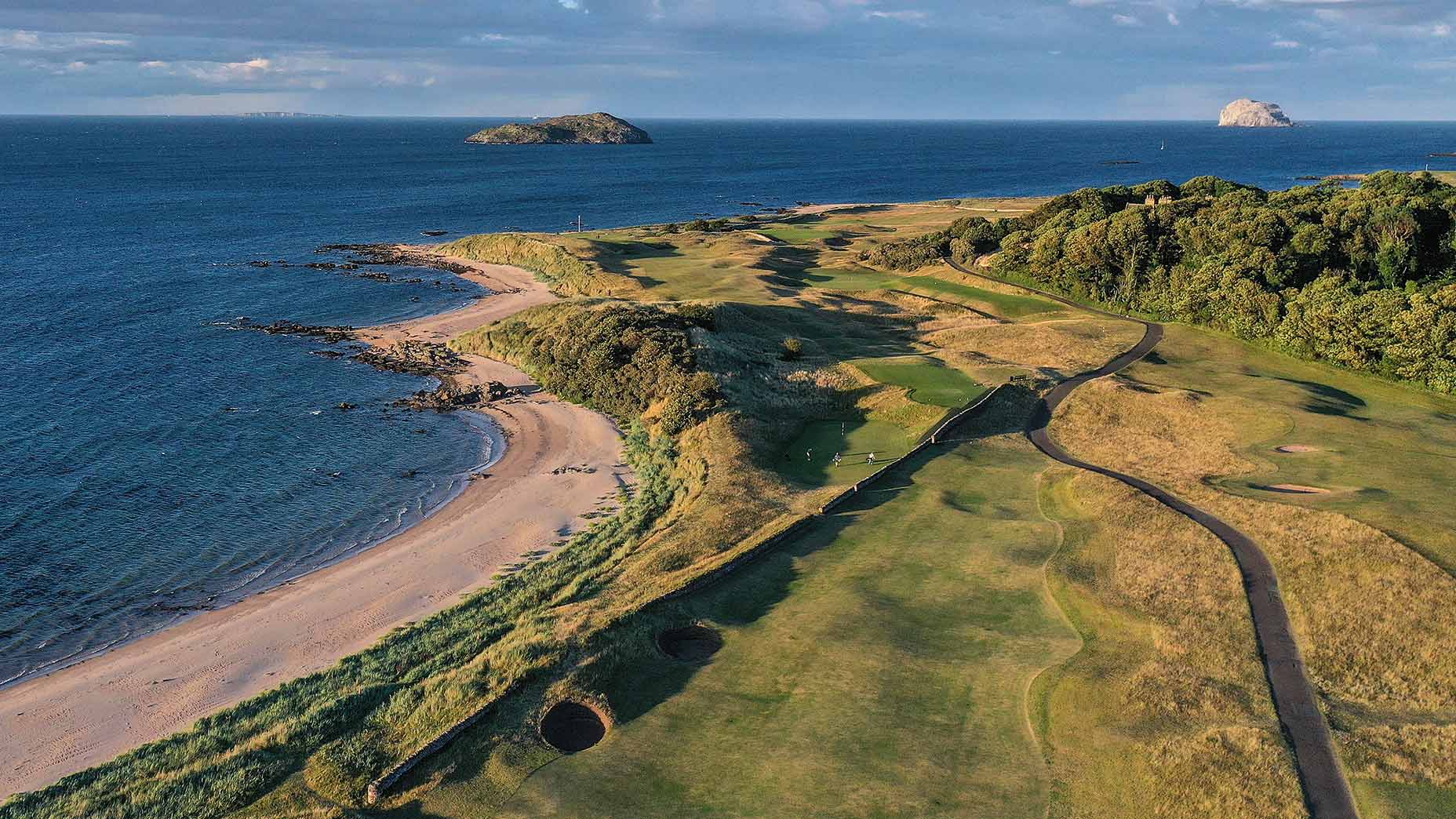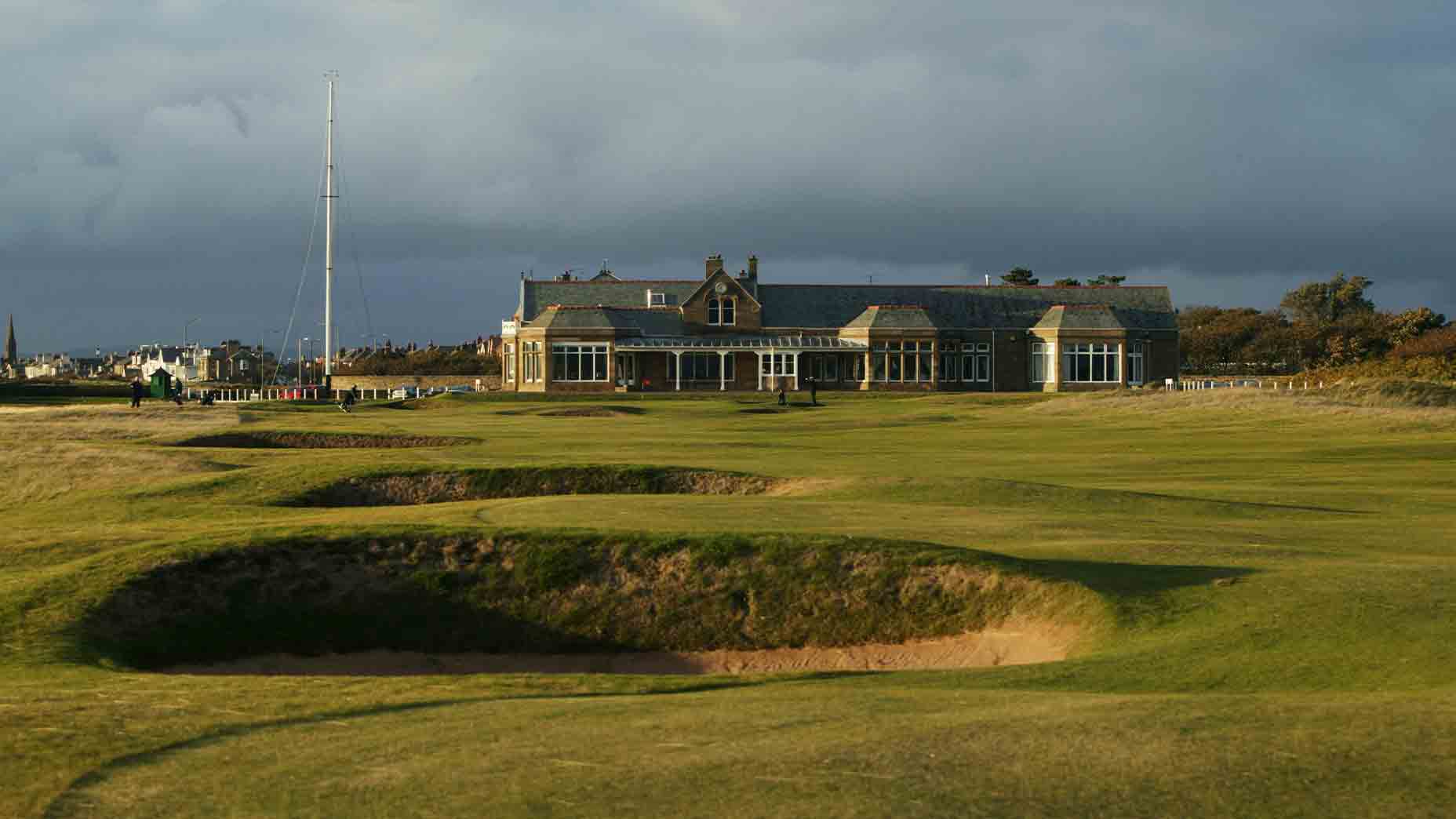Pebble Beach has a ‘forgotten’ golf course. It’s as charming as ever
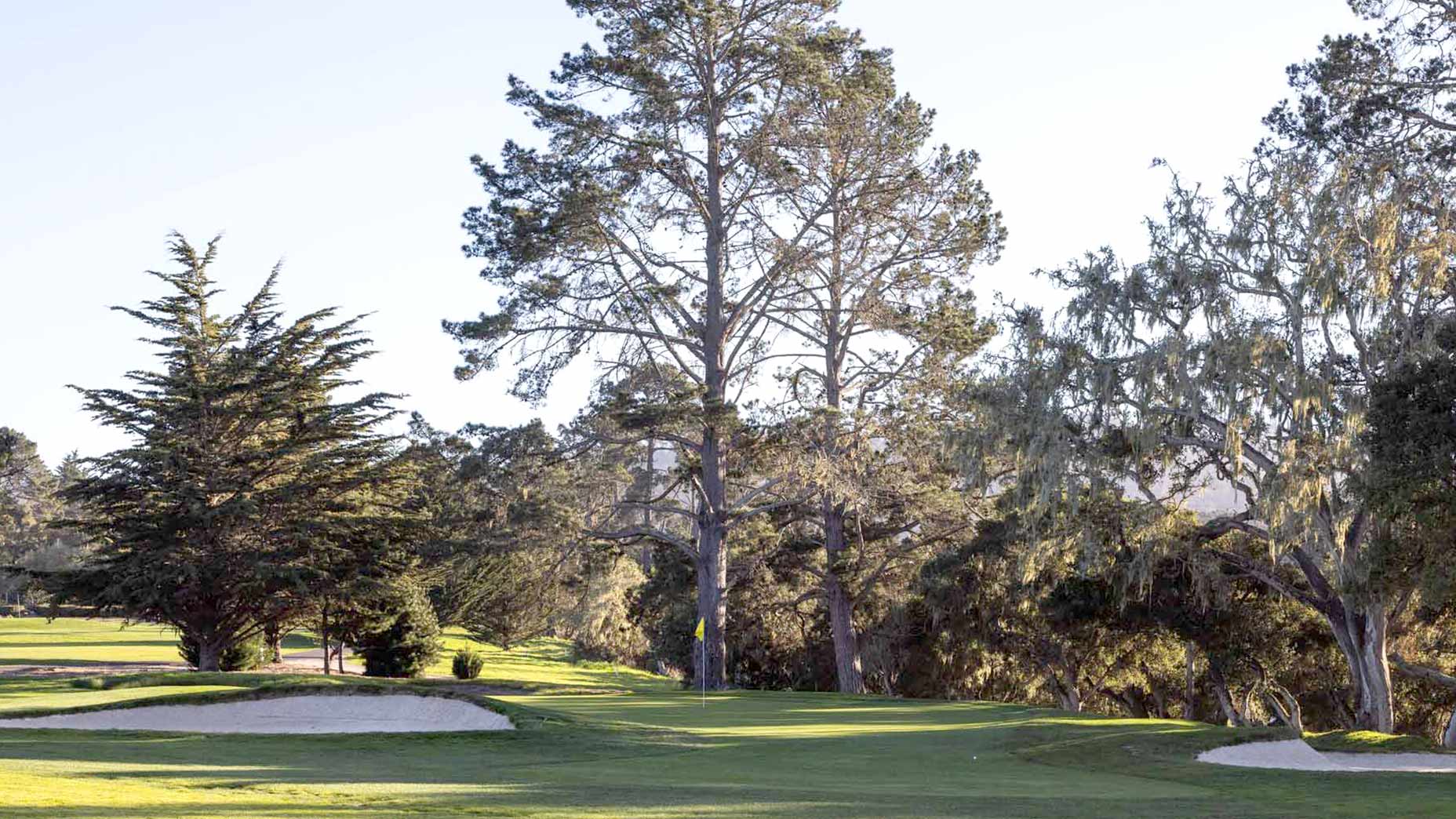
In a region steeped in golf history, no course has deeper roots than a modest layout just up the road from Pebble Beach Golf Links.
Sherman Chu
Nostalgia ain’t what it used to be. But it’s alive and well this week around the Monterey Peninsula.
It always is when the AT&T Pebble Beach Pro-Am rolls around. Talk to longtime locals, and they’ll wax wistfully about the way things were, long before the tournament bloomed with corporate tents, back when the yearly gathering was called the Clambake, a celebration of golf and easy living, hosted by a man who enjoyed his share of both.
The past is ever-present around these parts.
Pebble Beach itself pays ample tribute to it with plaques and photographs around the property, many documenting moments that predate the Clambake by several decades.
Bing Crosby’s event was born in the late 1930s. Pebble Beach was built in 1918. Those were the days, as the graybeards like to say.
It’s nice to reminisce. But as long as we’re tripping in the wayback machine, we might as well travel a bit farther, just up the road from Pebble, to the OG of Monterey-area golf. First opened for play in 1897, Del Monte Golf Course isn’t just the oldest course in the county. It’s the oldest continuously operating golf facility west of the Mississippi still on its original site.
That’s a fair claim to fame. But Del Monte doesn’t draw a lot of headline mentions, despite being part of Pebble Beach Resorts. Or maybe that’s the reason. It gets overshadowed. It has been described as Pebble’s “forgotten” layout, which is somewhat strange to say about a course that books its tee sheet solid most days of the year.
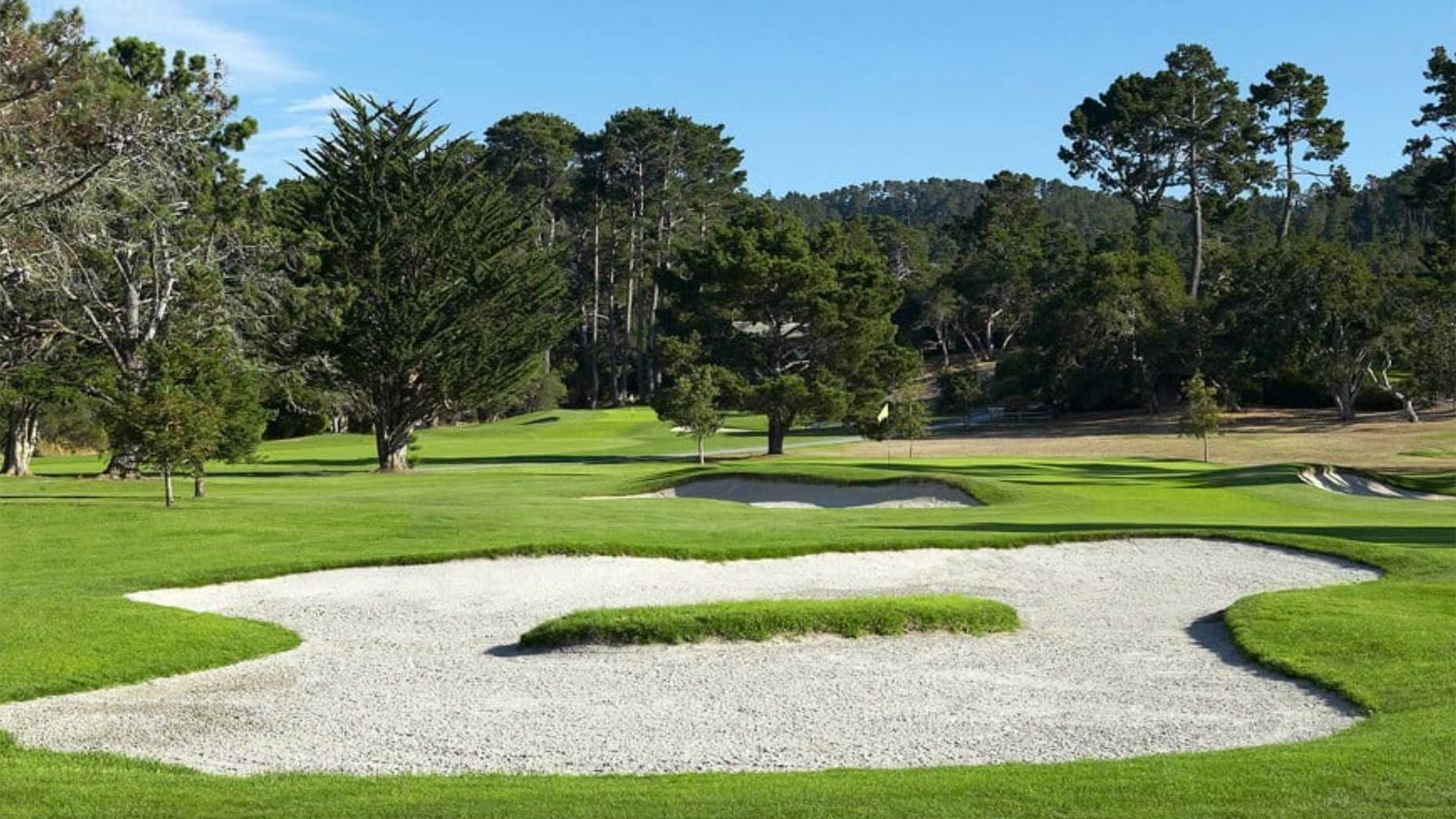
Unlike its famous coastal kin, Del Monte sits inland. But it shares some traits with Pebble. Its greens are tiny and pinched by bunkers. Many of its playing corridors are snug. There are doglegs to contend with and strategic trouble posed by oaks and pines. And while it opens modestly, like Pebble, midway through the front nine, it gains more character, gathering momentum as it goes.
At 6,375 yards, Del Monte isn’t long. But it’s nowhere near as short as it once was. For its first five-plus years of life, it was a nine-hole course, built as an offsite amenity to the Hotel Del Monte, which counted at the time as one of the country’s grandest luxury retreats.
The layout was designed by a British-born golf junkie named Charles Maud, who is believed to have handled its 1903 expansions to 18 holes as well. Another marked change came in 1920, when Herbert Fowler (also known in Monterey for having transformed the 18th hole at Pebble Beach from a par-4 into a par-5) renovated the whole shebang.
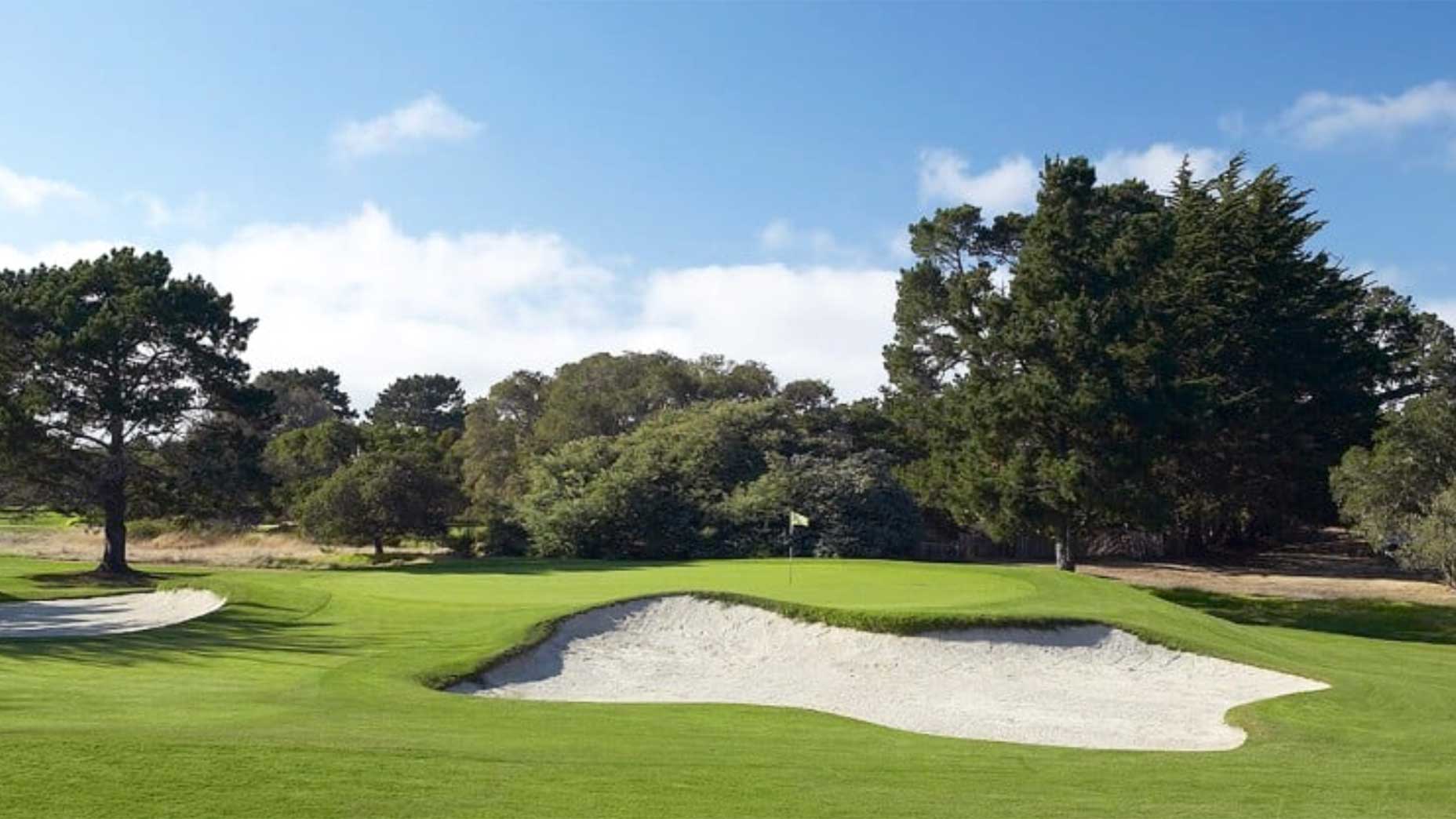
By then, Del Monte had a robust reputation as a tournament venue. The birthplace of the California Amateur Championship, it staged a slate of other prominent events, including the Pacific Coast Open and the Western Amateur Championship.
Del Monte still hosts competitions. The Monterey Open. The Monterey City Amateur. But mostly what it welcomes is resort and local play. If you’re staying at Pebble, greens fees are $125; if you buy a discount card known as the Duke’s, the rate drops as low as $54.
Early last year, Del Monte remodeled its clubhouse restaurant and updated the menu. But the property itself remains a time-capsule, a portal to a long-gone era. You can think of the course as Pebble’s older sibling. But, in a sense, it is more like Pebble’s parent.
To underscore that point, consider this historical detail: in 1915, when plans were first announced for a Scottish-inspired course along the Monterey coast, the project wasn’t billed as Pebble Beach Golf Links. That came later.
The original name was Del Monte No. 2.


